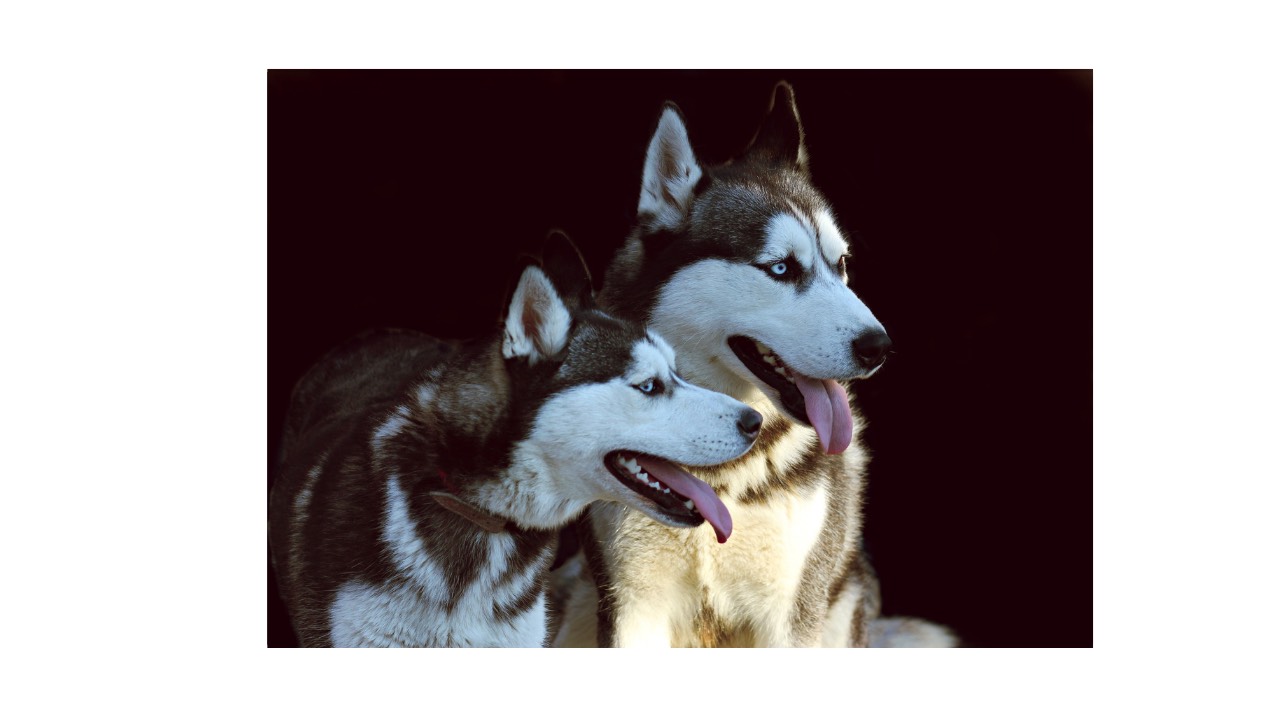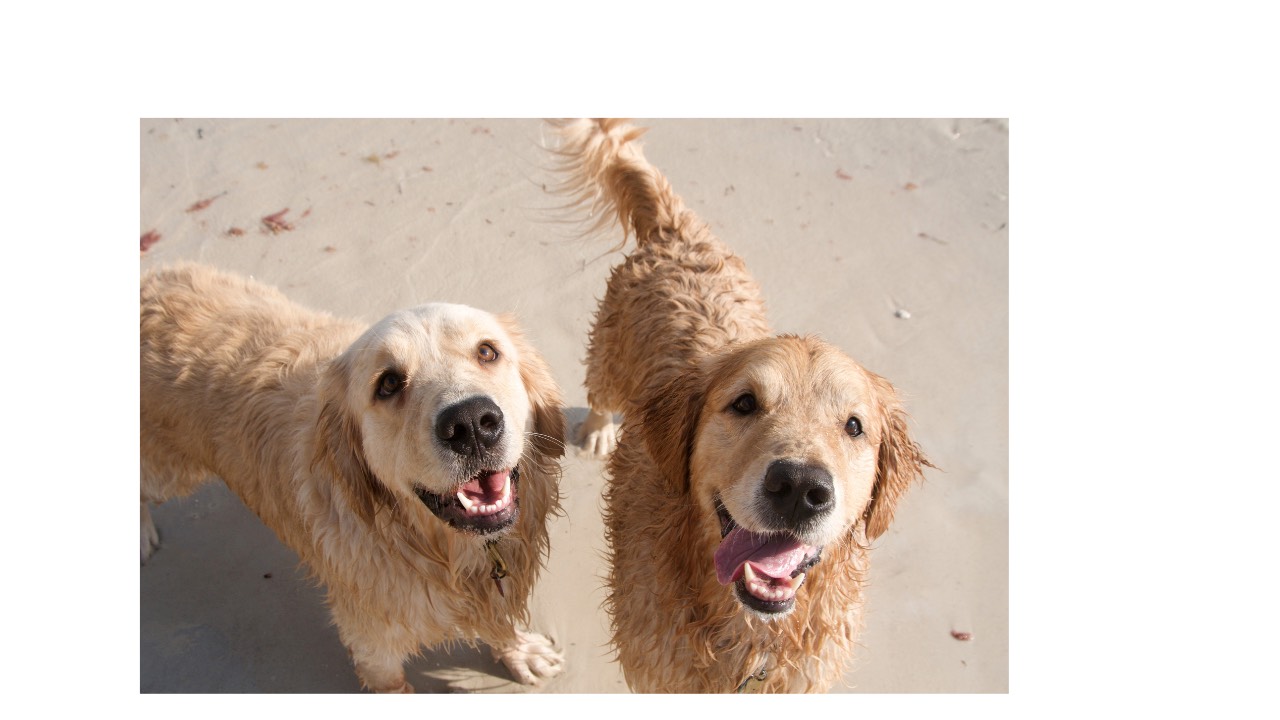The Best Obedience Training Tools for Dogs
Nov 28, 2024
6-Foot Leather or Nylon Leash
When it comes to leash training a puppy, a classic 6-foot leash is your best friend. Avoid retractable leashes, they can give your puppy too much freedom too soon, making training harder and less safe. A sturdy leather or nylon leash gives you control while allowing enough freedom for natural movement.
-
Leather leashes are long-lasting and more chew-resistant.
-
Nylon leashes are lightweight, affordable, and widely available.
Pro tip: Only bring the leash out during walks or training time to prevent chewing, and always inspect it for wear and tear.
2. Flat Quick-Release Collar
Every puppy needs a safe, comfortable collar. Quick-release collars are easy to put on, adjustable, and won’t tighten if your puppy pulls. They’re especially helpful for fluffy dogs where visibility is tricky.
3. Front-Clip Harness
A front-clip dog harness is a game-changer for puppies that pull on the leash. It redirects forward momentum without choking or causing neck strain, especially important for small breeds at risk for tracheal collapse.
-
Avoid choke chains and prong collars. These tools rely on negative reinforcement, which can increase anxiety and worsen behaviour.
-
Use a well-fitted harness to encourage better leash manners through positive dog training techniques.
4. High-Value Training Treats
Food is one of the most powerful tools in positive reinforcement dog training. Choose soft, bite-sized treats that your dog loves and can eat quickly during sessions. Use higher-value treats (like liver or cheese) when teaching new or more challenging behaviours like recall, loose leash walking, or leave it.
Bonus tip: Use your puppy’s regular kibble for easier cues and save the "good stuff" for when it really counts.
5. Treat Pouch
A dedicated dog training treat pouch helps your dog associate the pouch with learning and rewards. It keeps treats handy and your hands free, and it builds a strong reward anticipation pattern—making training smoother and more engaging for your pup.
6. Your Dog’s Favourite Toy
Sometimes treats just don’t cut it, especially in overstimulating environments. That’s when a high-value toy becomes your secret weapon. A surprise squeaky toy or tug game can redirect your dog’s focus from distractions and reinforce engagement with you.
7. Clicker for Clicker Training
A clicker is an excellent tool for marking desired behaviour with precision. It helps your puppy understand exactly which action earned a reward. Clicker training is widely used by professional trainers and is especially helpful when teaching complex behaviours or tricks.
Always pair the click with a treat, click first, then reward.
8. Target Stick
A target stick teaches your dog to follow or touch an object with their nose. It’s great for shaping behaviour, building focus, and teaching cues like “go to place,” “heel,” or “off.” Rub it with your dog’s food or hide a treat inside to increase engagement.
9. Head Harness
If your dog is reactive, easily distracted, or anxious on walks, a head halter or head harness can be an excellent alternative to collars. It gives gentle control over direction without harsh corrections. Use it with care and combine it with reward-based leash training for best results.
10. Longline Leash for Decompression Walks
A longline leash (10–30 feet) is perfect for safe, supervised exploration. Popularized through decompression walks, it allows your dog to sniff, explore, and move freely in low-traffic areas while still being under control.
-
Ideal for practicing recall training and building trust.
-
Great for physical and mental stimulation without overstimulation.
Bonus Puppy Training Tips
✔️ Use Positive Reinforcement Always
Reward good behaviour, and redirect or manage undesired behaviour. Avoid punishment—it damages trust and often makes behaviour worse.
✔️ Short Sessions Work Best
Keep training sessions to 2–5 minutes at a time. Puppies have short attention spans, and ending on a high note keeps them excited to learn.
✔️ Train Around Mealtimes
Hungry puppies are more motivated! Try using part of their meal as rewards during obedience training sessions.
Start in Quiet Environments
Begin your dog training in low-distraction areas and gradually add challenges like new sounds, people, or locations as your puppy gains focus.
Final Thoughts
Every dog can benefit from positive dog training whether you’ve got a laid-back pup or one with a bit more spark. With the right tools and techniques, you’ll create a solid foundation for lifelong success and a deeper bond with your dog. From leash training and basic obedience to building trust and confidence, starting early and being consistent makes all the difference.





